The Lugg Meadows are much loved by many Herefordians. They are one of the few remaining places to see the rare snake’s head fritillaries flower in the wild and are also, just, home to breeding curlew – a bird now on the Red List of conservation concern. However, Herefordshire Wildlife Trust, who own and manage a proportion of the historic Lammas meadows, are more often contacted about anti-social behaviour at the nature reserve than about wildlife sightings.
The Trust’s Ian James who oversees management at the site says:
“Lugg Meadows is one of our most visited sites and sadly, one which receives the most mis-use. In spring and summer we often receive multiple reports each week of fires, rubbish dumping or vehicles on the meadow. During the bird breeding season, access is restricted to sensitive areas and we also ask visitors to keep dogs on leads – but this is often ignored.”
The snake’s head fritillary flowers flower in April. Although never a common flower, fritillaries were once widespread on traditionally managed floodplain meadows, their preferred habitat. Today they are a rare treat to come across, growing on only a few sites in southern and eastern England and the eastern Midlands river valleys. The fritillaries on the Lugg Meadow are mostly white, rather than the more usual purples.
A good number of curlews were heard on and around the meadow in early spring and at least one pair is thought to be nesting on the Lower Lugg Meadow. Natural England have withdrawn open access rights here for the duration of the breeding season to reduce disturbance to the curlew which have long bred at Lugg Meadow and nearby Hampton Meadow – possibly for centuries. Today, however, the species has become endangered and now face extinction. One of the many pressures that curlew face is disturbance: curlew will abandon their nests and chicks, which will then perish or be predated, if disturbed by people or dogs. The temporary restricted access is a vital part of ensuring a breeding population of lowland curlew for generations to come. However, staff and volunteers at Herefordshire Wildlife Trust, remain undaunted. Ian adds:
“The number of caring and responsible visitors and volunteers far outweighs the small number of trouble makers. Many people living locally help with litter picking, we have a new volunteer warden this year and a great volunteer team who work hard to keep this a special place for everyone to enjoy. If anyone does see anti-social behaviour taking place here they should report it to the police. It’s never been more important that we value and care for our green spaces.”
Herefordshire Wildlife Trust are also working with the Herefordshire Ornithological Club on a project to monitor and protect the remaining curlew.
For more information Click Here





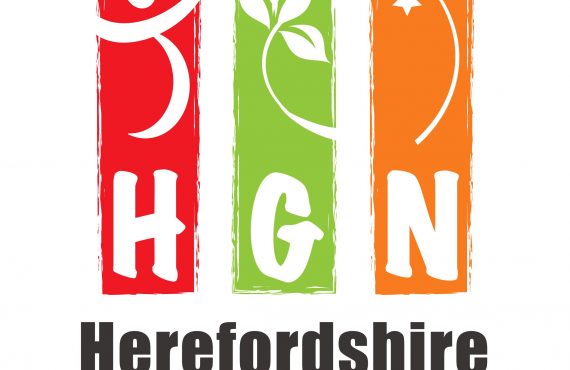
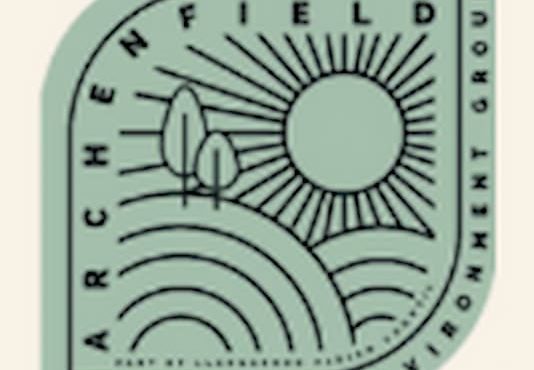






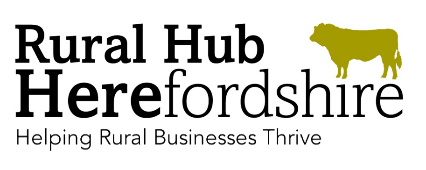


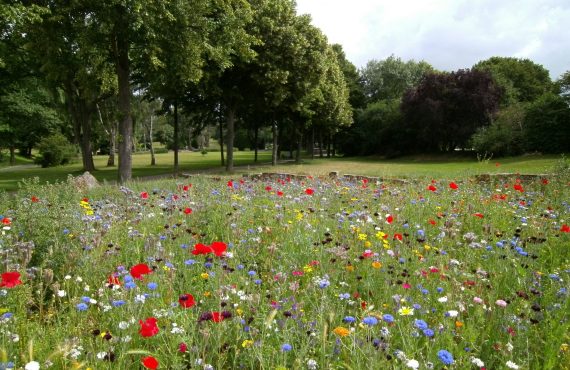

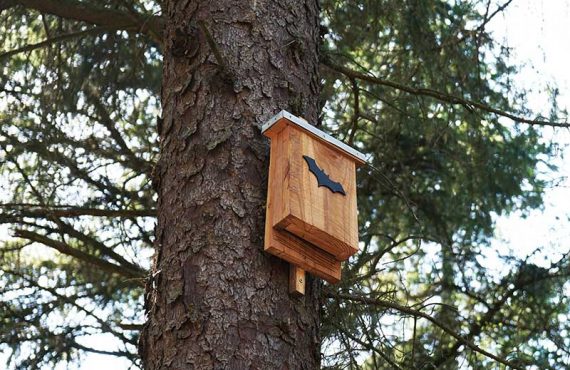

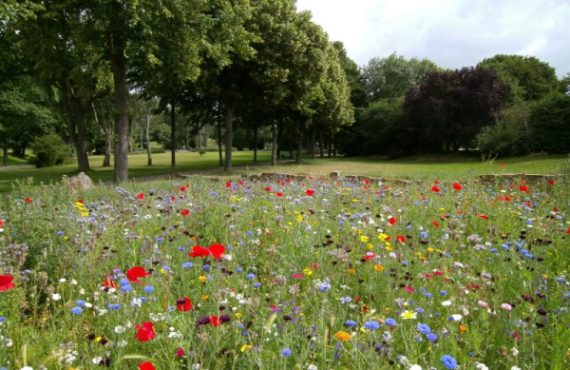

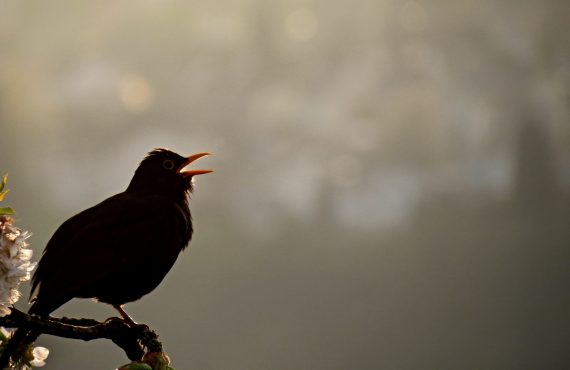

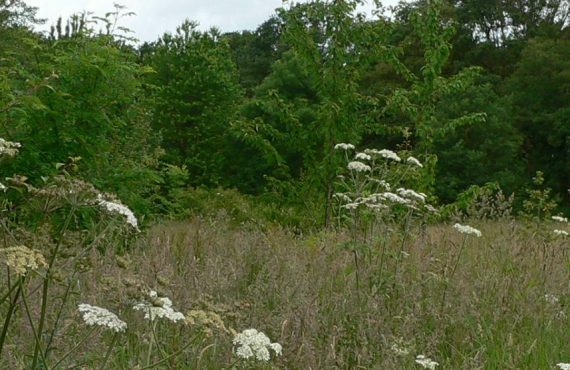
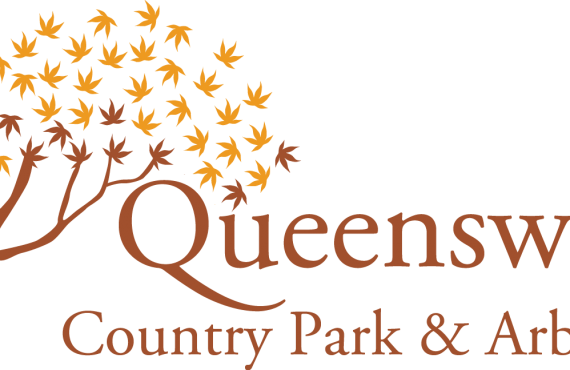
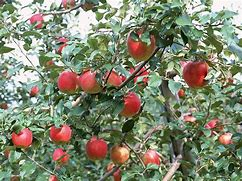

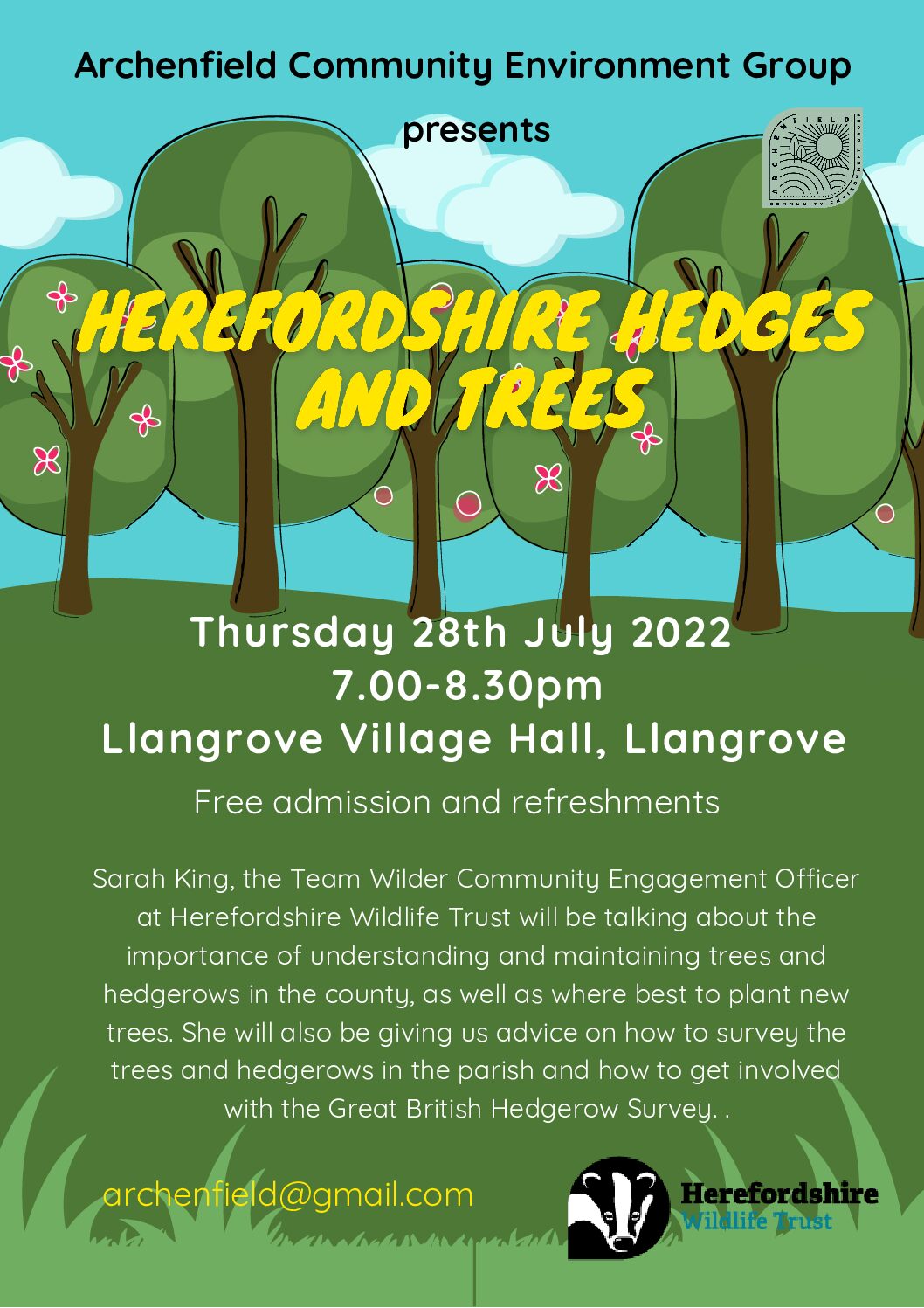

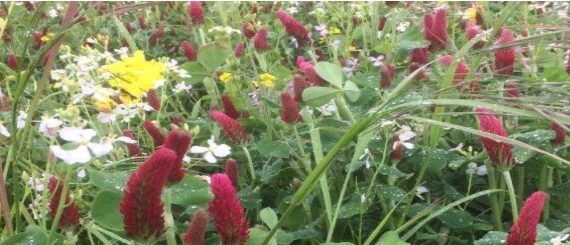

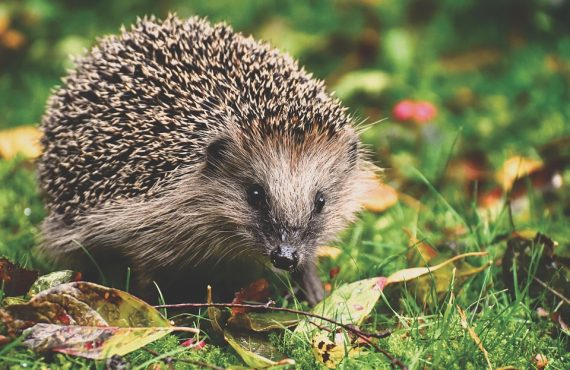

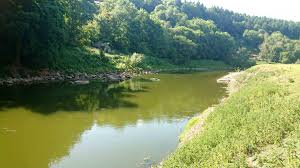
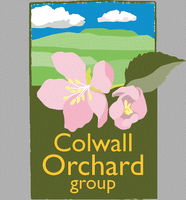
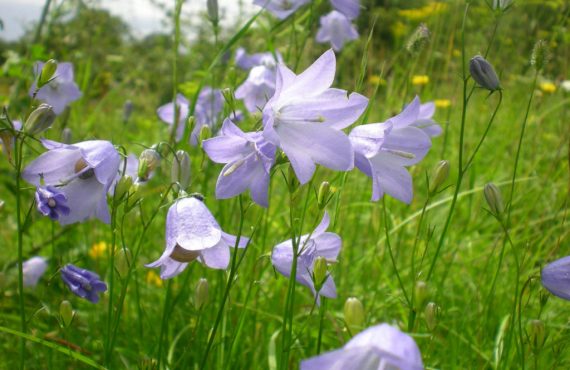







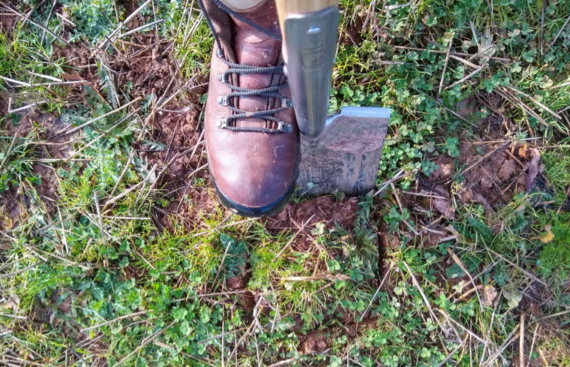
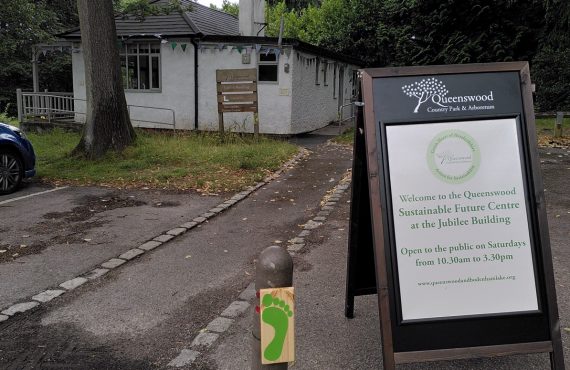

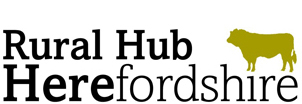
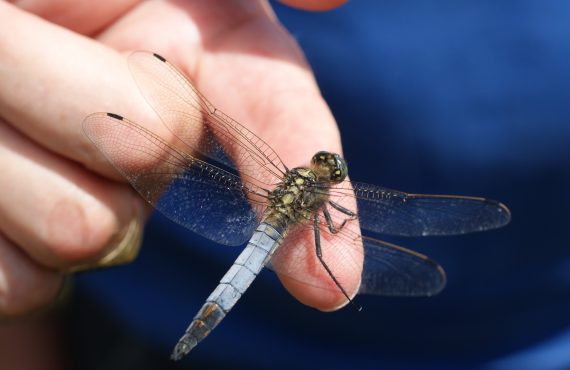

No comments yet.